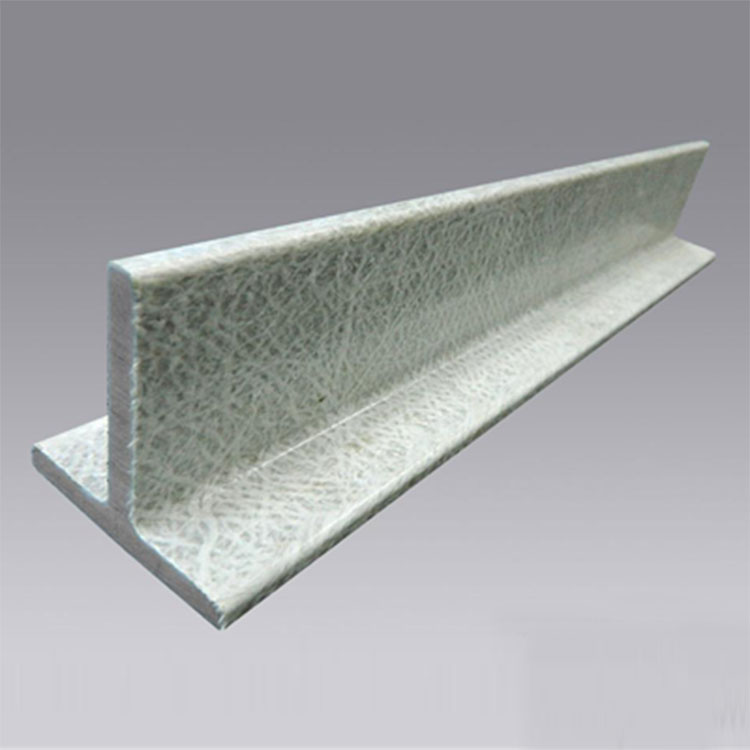Application Fields of FRP Standard Profiles
2024-06-11
Fiber Reinforced Polymer (FRP) standard profiles are composite materials made from a polymer matrix reinforced with fibers, typically glass, carbon, or aramid. FRP profiles are known for their high strength-to-weight ratio, corrosion resistance, and durability. These characteristics make them suitable for a wide range of applications across various industries. Here are the main types of FRP standard profiles and their application fields:
Types of FRP Standard Profiles
1. I-Beams and H-Beams
2. Channels
3. Angles
4. Tubes and Pipes
5. Rod and Bars
6. Gratings
7. Sheets and Plates
Application Fields of FRP Standard Profiles
1. Construction and Infrastructure
- Bridges: Used in pedestrian bridges, decking, and bridge components due to their high strength and lightweight.
- Buildings: Structural supports, beams, and roofing components benefit from the corrosion resistance and durability of FRP.
- Waterfront Structures: Ideal for piers, docks, and seawalls because they withstand harsh marine environments.
2. Transportation
- Railway Systems: Used in platforms, walkways, and electrical isolation components.
- Automotive: Structural parts, body panels, and underbody shields take advantage of the lightweight and high-strength properties.
- Aerospace: Used for interior components and structural elements to reduce weight and improve fuel efficiency.
3. Industrial Applications
- Chemical Processing Plants: Pipes, tanks, and grating that need to withstand corrosive chemicals.
- Power Plants: Cooling towers, exhaust stacks, and cable trays benefit from the material's durability and resistance to corrosion.
- Oil and Gas: Used in offshore platforms, piping, and walkways due to their resistance to harsh environmental conditions.
4. Marine and Offshore
- Shipbuilding: Structural components, decking, and bulkheads benefit from the lightweight and non-corrosive nature of FRP.
- Offshore Platforms: Walkways, ladders, and structural supports that must resist saltwater corrosion.
5. Telecommunications
- Antenna and Tower Structures: Used for their non-conductive properties and resistance to environmental degradation.
- Cable Trays and Enclosures: Protects cables from environmental damage while being lightweight and easy to install.
6. Utilities
- Electrical Infrastructure: Utility poles, crossarms, and cable trays benefit from non-conductive and corrosion-resistant properties.
- Water and Wastewater Treatment: Tanks, pipes, and grating systems that resist chemical and environmental corrosion.
7. Public Facilities
- Recreational Facilities: Playground structures, benches, and fencing due to their durability and low maintenance requirements.
- Stadiums and Arenas: Seating, roofing structures, and other components that require strength and resistance to environmental factors.
Advantages of FRP Standard Profiles
- Corrosion Resistance: Ideal for harsh environments, including chemical, marine, and industrial settings.
- High Strength-to-Weight Ratio: Provides significant strength while being lightweight, reducing transportation and installation costs.
- Durability: Long-lasting with low maintenance requirements.
- Non-Conductive: Safe for electrical applications.
- Customizable: Can be tailored to specific requirements with different fiber types and matrix materials.
Conclusion

FRP standard profiles offer versatile solutions across various fields due to their unique combination of properties. Their use in construction, transportation, industrial applications, marine environments, telecommunications, utilities, and public facilities demonstrates their adaptability and performance advantages in demanding conditions.


